Nine i3S projects highlighted at the UP Exhibition
More than 15 thousand visitors to the Pavilhão Multiusos de Gondomar and more than 16 thousand “virtual” visits marked the four days of the 19th Exhibition of the University of Porto, the first held outside the city of Porto and the first in a post-pandemic face-to-face format after a two-year break. From the 21st to the 24th of April, those who visited the Pavilhão Multiusos de Gondomar were able to get to know the teaching and research projects of the University of Porto up close, through dozens of interactive activities of experimentation, scientific demonstration and testimonies from students, teachers, and collaborators.
As in previous years, the priority was to publicize the i3S “reinforcing our position as the largest research center at the University of Porto”, explains Marta Teixeira Pinto, responsible for the i3S educational program and member of the Communication Unit. “This year, we highlighted some ongoing projects in the different areas of action of the institute, as concrete examples of i3S’s commitment to using cutting-edge technologies and alternative models to answer various health-related questions”.
Nine projects were represented: from fundamental cell biology with the ACTOMYO project - which uses a small animal, the nematode C. elegans to investigate the molecular details of how cytokinesis takes place; to clinical research with the European Reference Network – ERN-GENTURIS - for which i3S is a reference centre and which connects healthcare providers and highly specialized research centres, as well as the SOLVE-RD project which, through analysis by sequencing the genome of patients, aims to determine inherited genetic causes that may be causing rare diseases.
In the field of applied research developed at i3S, we highlighted several 3D microfluidics or “organ-on-a-chip” models with the following projects: LEGOH - stomach-on-a-chip to assess the existence of combinations of genetic markers that can be used to assess an individual's risk of developing symptoms of Diffuse Hereditary Gastric Cancer; PREMUROSA - in which cartilage microtissues are generated in the laboratory, allowing the study of the pro-inflammatory environment common in musculoskeletal diseases; BONE-PAIN - which is developing a chip to study bone pain induced by metastases, and to assess the interaction between tumor cells, bone cells and nerve cells; FLAMIN-GO - which provides for the creation of chips that mimic the tissues of the joint, together with the patient’s cells in order to test different conditions for personalized treatment; FETBIO - inspired by the regenerative capacity of fetal tissues (model: bovine), and which aims to develop biomaterials capable of inducing functional regeneration of the intervertebral disc; and REMODEL - which aims to develop and use organoids (“3D mini-organs” in in vitro culture) as an alternative to animal models.
As is usual, the first two days were attended mainly by more than four thousand students from primary and secondary schools from all over Portugal. The weekend was the moment chosen by thousands of families and many curious to clarify doubts about the courses, get to know the research activities, and explore the multiple opportunities within the University of Porto.
The i3S stand was always very popular, particularly for students who want to carry out research in the health area and who wanted to know what basic training is the most suitable. “The i3S researchers who volunteered to be present had their hands full. It is important to thank the volunteers for their enthusiasm, dynamism and commitment to representing the Institute”.
All things considered “the overall balance was very positive, with the numbers achieved and the scope of the public that visited us, despite being a first post-pandemic edition and on top of that on a long weekend and simultaneously with Qualifica”, said Vítor Silva, who was responsible for organizing the Exhibition.
The Rector of the University of Porto, António de Sousa Pereira, was equally pleased with the turnout this year: “We saw thousands of young people eagerly seeking information, which is in line with what has been happening in recent competitions for access to higher education, and in which the demand for the University of Porto has been systematically increasing. Now we have to hope that the young people who came to visit us are able to motivate themselves to come and study at the U.Porto. We are making an important contribution to that!”.

